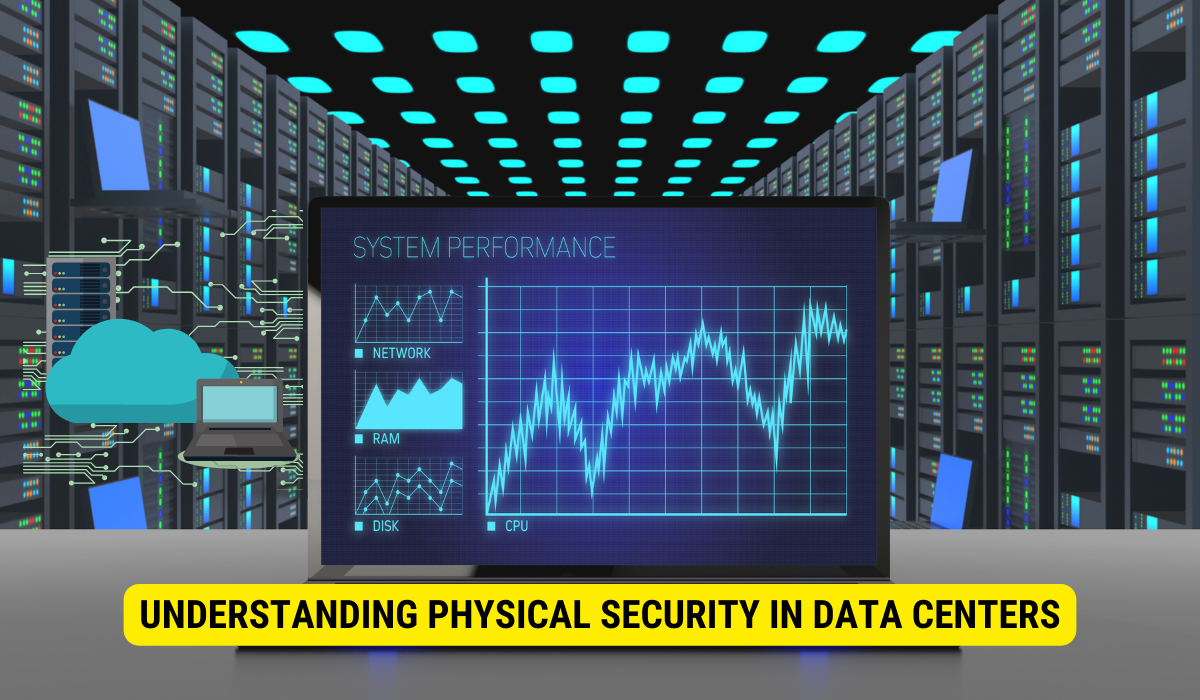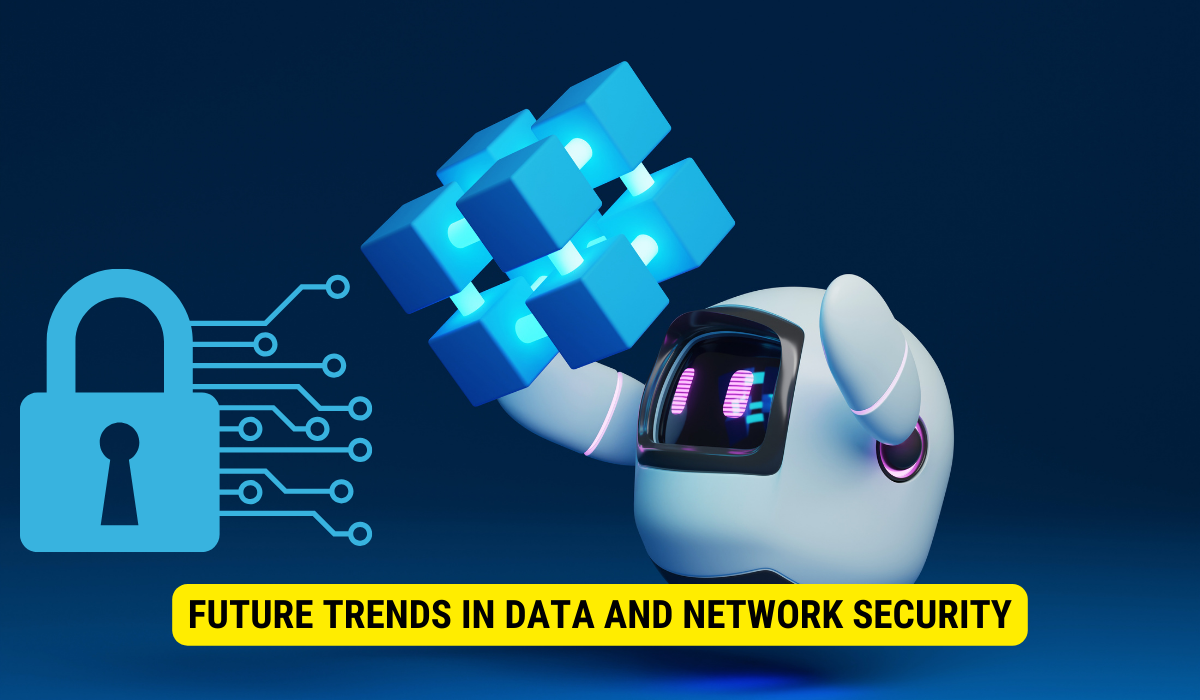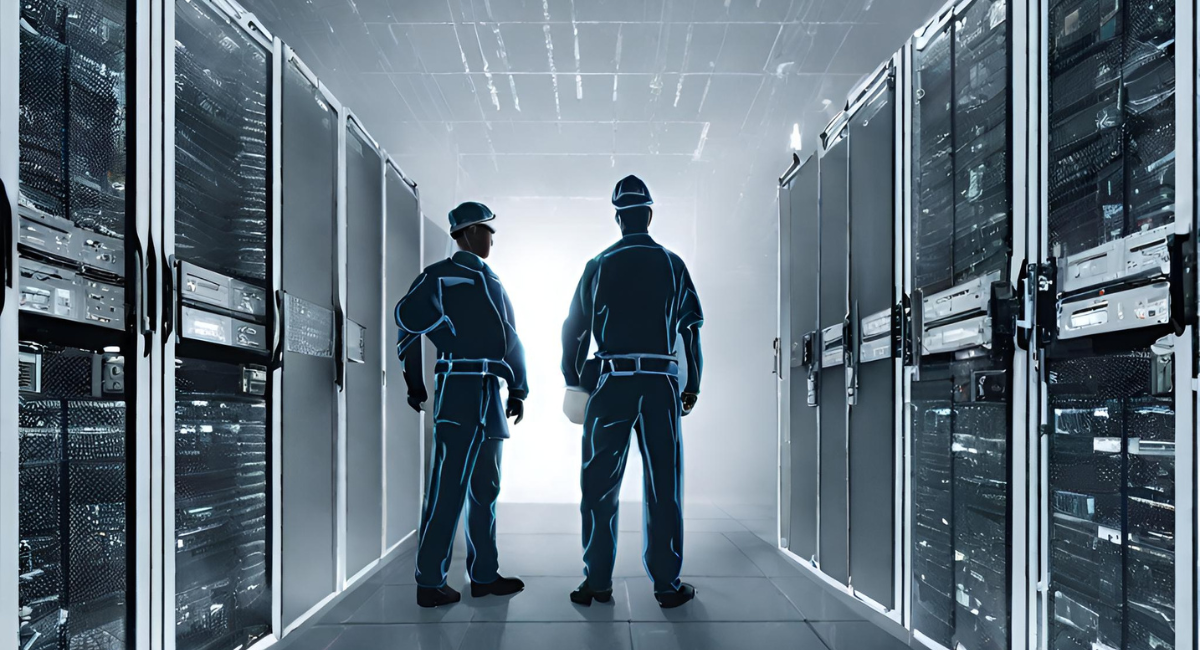The two primary areas of physical security within a data center are perimeter and internal security.
Data centers are critical infrastructures that house and support the operations of various organizations. The need for robust physical security measures becomes increasingly important as the amount of sensitive and valuable data stored in these facilities grows. In order to safeguard the data and ensure uninterrupted operations, two main areas of physical security are typically implemented within a data center.
Understanding Physical Security in Data Centers
Physical security in data centers encompasses the measures to protect the facility from unauthorized access, theft, and damage. It aims to create a secure environment for the servers, networking equipment, and valuable assets stored within the data center.
When it comes to data centers, physical security is of utmost importance. The valuable information stored within these facilities makes them prime targets for malicious individuals or groups. Breaches in physical security can lead to data theft, disruption of services, and reputational damage for the organizations relying on the facility.
The Importance of Physical Security in Data Centers
Physical security plays a critical role in safeguarding the sensitive nature of the information housed within data centers. These facilities store vast amounts of data, ranging from personal information to trade secrets, making them an attractive target for cybercriminals.
Imagine a scenario where a data center lacks proper physical security measures. Unofficial individuals could gain access to the facility, potentially stealing valuable data or causing damage to the servers and networking equipment. This could result in significant financial losses for the organization and a loss of trust from their customers.
By implementing robust physical security measures, data centers can pointedly decrease the risk of unauthorized access and potential breaches. This includes implementing access control systems, surveillance cameras, alarm systems, and physical barriers such as fences and gates.
Key Elements of Physical Security
To ensure comprehensive protection, data centers focus on two primary physical security areas: perimeter and internal security. Let us take a closer look at each of these areas.
Perimeter Security
Perimeter security refers to the measures put in place to secure the outer boundary of the data center facility. This includes physical barriers such as fences, walls, and gates, as well as security personnel who monitor and control access to the premises.
Additionally, data centers may employ advanced technologies such as biometric access control systems, which require individuals to provide unique biological identifiers, such as fingerprints or iris scans, to gain entry. This adds an extra protection of security, ensuring that only sanctioned personnel can enter the facility.
Surveillance cameras are another essential component of perimeter security. Strategically placed cameras can monitor the data center’s perimeter, capturing any suspicious activities or potential security breaches. These cameras are often equipped with motion sensors and can send real-time alerts to security personnel.
Internal Security
Internal security protects the data center’s interior, including the server rooms, networking equipment, and other critical areas. Access control systems are crucial in internal security, ensuring only authorized individuals can enter restricted areas.
Data centers often implement multi-factor authentication methods, requiring individuals to provide multiple forms of identification, such as access cards and personal identification numbers (PINs), to gain access to sensitive areas. This helps prevent unauthorized access and ensures only authorized personnel can interact with the servers and networking equipment.
In addition to access control systems, data centers may also deploy surveillance cameras within the facility. These cameras monitor the data center’s interior, capturing any unusual activities or potential security breaches. The footage can be stored for later review or used as evidence during an incident.
Furthermore, data centers may have security personnel stationed within the facility to provide additional protection. These individuals are trained to identify and respond to potential security threats, ensuring the data center’s and its assets’ safety and security.
Data centers can create a robust physical security framework that minimizes the risk of unauthorized access, theft, and damage by focusing on perimeter and internal security. This, in turn, helps organizations maintain the confidentiality, integrity, and availability of their data and services.
The First Area of Physical Security: Perimeter Security
Perimeter security is the first line of defense for a data center. It involves implementing measures to secure the physical boundaries of the facility and prevent unauthorized entry.
When protecting a data center, perimeter security plays a crucial role. It acts as a shield, creating a controlled and monitored boundary around the facility. This boundary is a deterrent, discouraging potential intruders from attempting unauthorized access.
Defining Perimeter Security
Perimeter security establishes a controlled and monitored boundary around the data center. This can include measures such as fencing, access gates, surveillance cameras, and alarms. These physical barriers act as the first layer of defense, making it difficult for unauthorized individuals to breach the perimeter.
Components of Perimeter Security
A well-designed perimeter security system may incorporate various components, such as intrusion detection systems, access control systems, and video surveillance. These technologies work together to detect and deter potential threats.
Intrusion detection systems are designed to identify unauthorized attempts to breach the perimeter. They can detect unusual activities, such as climbing over fences or tampering with access gates. Once an intrusion is detected, the system can trigger alarms and notify security personnel, allowing them to respond swiftly.
Access control systems play an energetic role in perimeter security by managing and restricting entry to the data center. These systems can include keycards, biometric scanners, or even facial recognition technology. Only authorized personnel can gain entry by implementing access control systems, reducing the risk of unauthorized access.
Video surveillance is another crucial component of perimeter security. Surveillance cameras around the perimeter can capture and record any suspicious activities. These recordings can be used as evidence in investigations. They can also act as a deterrent, as potential intruders know they are being watched.
Implementing Effective Perimeter Security
Effective perimeter security requires a combination of physical barriers, technology, and personnel. Regular inspections, maintenance, and testing of security systems are essential to ensure continued effectiveness.
Physical barriers, such as fences and access gates, should be frequently examined for any signs of damage or weakness. Any vulnerabilities should be addressed promptly to maintain the integrity of the perimeter.
Technology, such as intrusion detection and access control systems, should be regularly maintained and updated. This includes testing the systems to ensure they function correctly and integrating them with other security measures.
Personnel play a crucial role in perimeter security. Security guards should be trained to monitor the perimeter, respond to alarms, and handle potential threats. Regular training and drills can help ensure security personnel are prepared to handle different scenarios.
In conclusion, perimeter security is critical to physical security for data centers. By implementing a well-designed and comprehensive perimeter security system, data centers can create a strong first line of defense, protecting valuable assets and preventing unauthorized access.
The Second Area of Physical Security: Internal Security
Internal security focuses on securing the data center’s interior, including the server rooms, equipment areas, and restricted access zones.
Understanding Internal Security
Internal security measures are designed to control access to sensitive areas within the data center. This helps protect against insider threats and unauthorized access by employees or personnel.
Essential Aspects of Internal Security
Internal security involves various aspects, such as access control systems, video surveillance, biometric authentication, and visitor management. These procedures ensure that only authorized personnel can enter secure zones.
Strategies for Strengthening Internal Security
Data centers implement strategies such as role-based access control, strict visitor policies, employee education and awareness programs, and regular security audits to enhance internal security.
Balancing Perimeter and Internal Security
While perimeter and internal security are crucial, achieving an optimal balance between the two is essential for comprehensive protection.
The Interplay between Perimeter and Internal Security
Perimeter security provides the initial line of defense, preventing unauthorized access to the data center. Internal security builds upon this, ensuring that even if someone manages to breach the perimeter, they still face additional barriers within the facility.
Achieving a Balance: Best Practices
Best practices for achieving a balanced physical security approach include conducting regular risk assessments, implementing layered security measures, maintaining vigilance through monitoring and incident response, and staying informed about emerging threats and security trends.
The Future of Physical Sec urity in Data Centers
urity in Data Centers
As technology evolves, so does the physical security landscape within data centers. Organizations must stay ahead of evolving threats and adopt new security measures accordingly.
Emerging Trends in Data Center Physical Security
Emerging trends in data center physical security include using advanced access control systems based on biometrics or multi-factor authentication, integrating artificial intelligence and machine learning for real-time threat detection, and implementing physical security measures that align with data center sustainability goals.
Preparing for Future Security Challenges

Data center operators must proactively evaluate and improve their physical security measures. This involves regularly assessing vulnerabilities, considering technological advancements, and staying abreast of evolving industry standards and regulations.
Key Takeaways
- Physical security in data centers is crucial due to the sensitive and valuable information they house, making them prime targets for malicious activities.
- Perimeter security acts as the initial defense, focusing on safeguarding the facility’s external boundaries.
- Internal security delves into protecting the data center’s interior spaces, ensuring that even if the perimeter is breached, further layers of security are in place.
- Biometric access controls, surveillance cameras, and intrusion detection systems are significant in perimeter and internal security.
- A harmonious balance between perimeter and internal security is essential for comprehensive data center protection.
FAQs
What is perimeter security in a data center?
Perimeter security involves measures to secure the external boundary of the data center, including physical barriers such as fences, walls, and gates, combined with technologies like surveillance cameras.
What does internal security in a data center entail?
Internal security focuses on protecting the interior spaces, including server rooms and equipment areas, using access control systems, biometric authentication, and video surveillance.
Why is a balance between perimeter and internal security essential?
While perimeter security offers the first line of defense against external threats, internal security ensures protection against insider threats and further unauthorized access within the facility.
How do access control systems enhance data center security?
Access control systems limit entry to authorized personnel, dropping the risk of unauthorized access to sensitive areas of the data center.
What emerging trends are shaping the future of data center physical security?
Advanced biometric access controls, integration of artificial intelligence for real-time threat detection, and sustainability-aligned security measures are some of the emerging trends.
Conclusion
By prioritizing and investing in strong physical security measures, data centers can protect valuable assets and maintain the trust of their clients. A comprehensive approach that addresses perimeter and internal security will help mitigate risks and enhance overall data center security.
